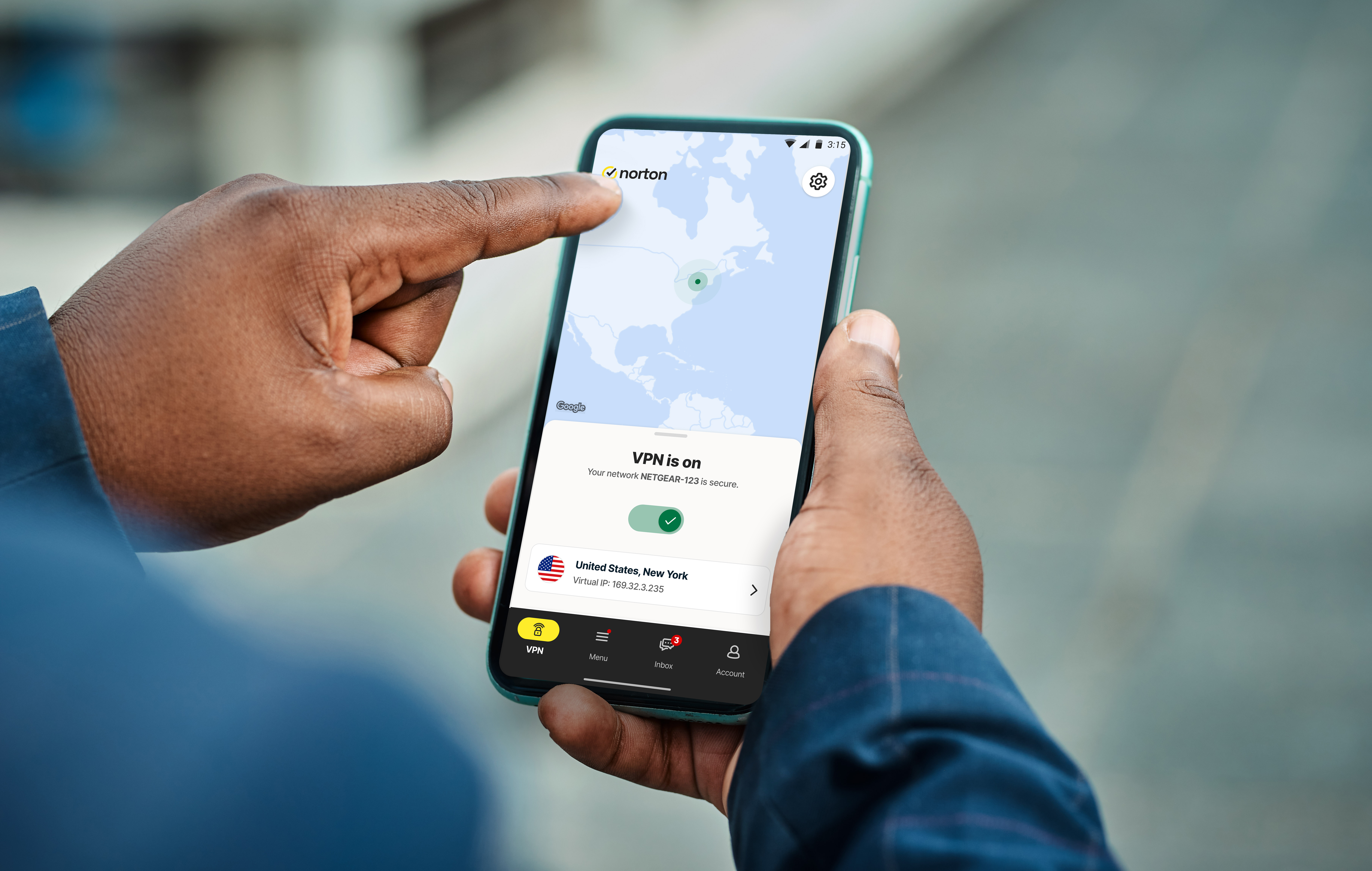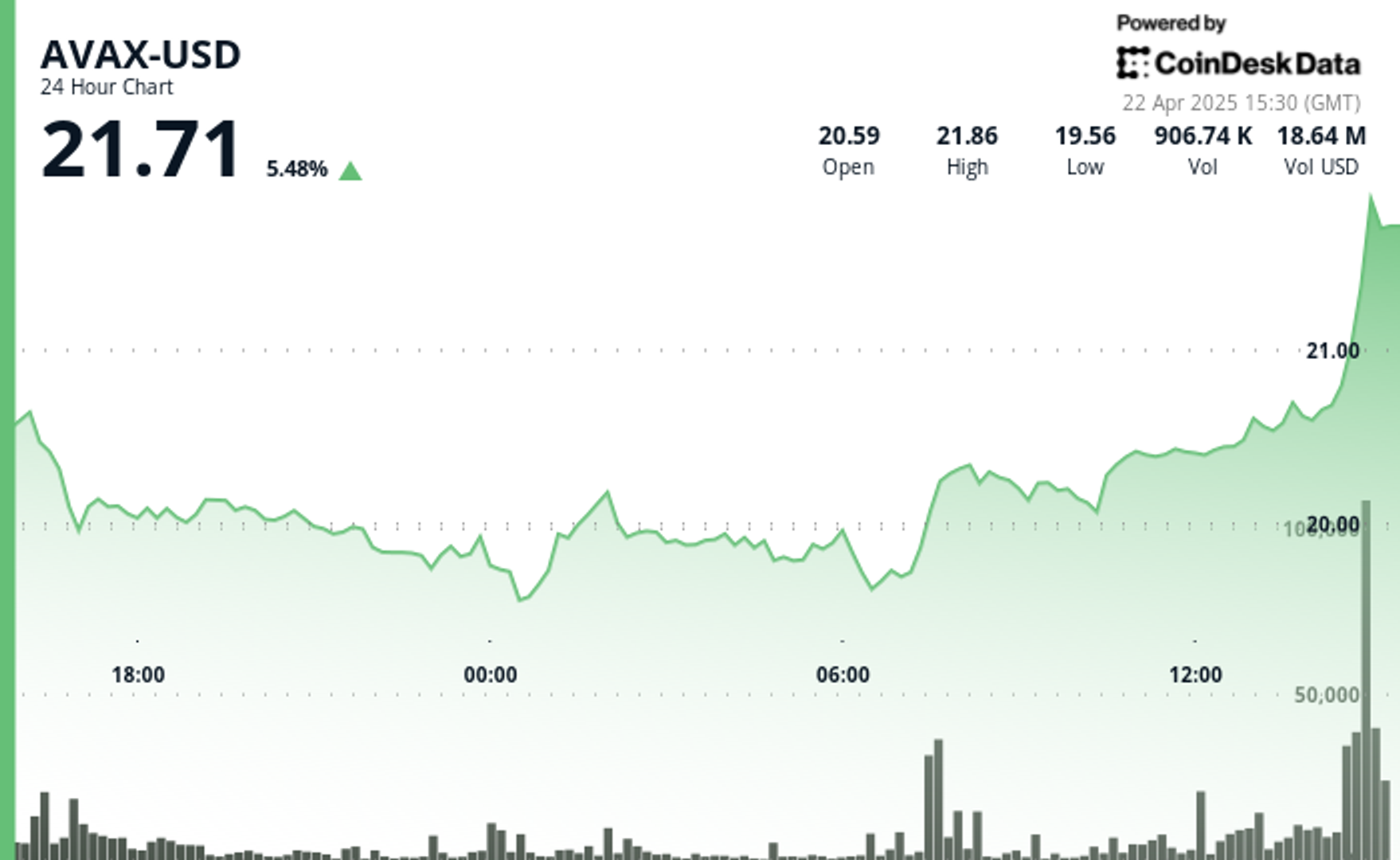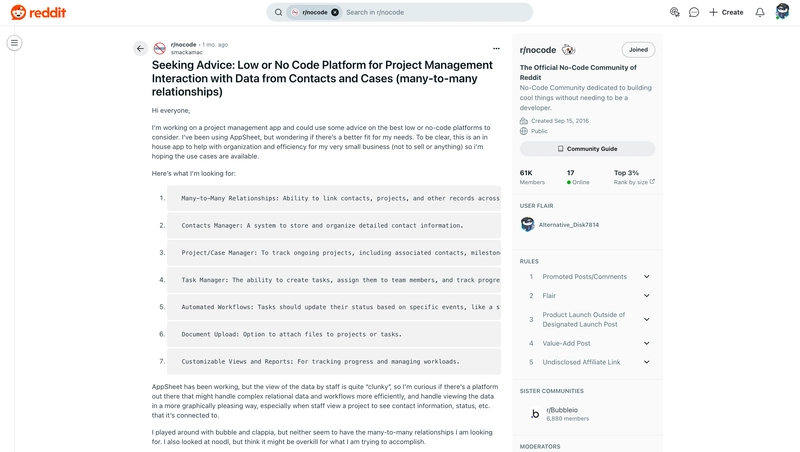How to Make the Most of a Cheap IPv6-Only VPS: A Guide for Self-Hosting Enthusiasts
Found a dirt-cheap IPv6-only VPS—maybe from v6Node, Vultr, or one of those $2/month deals? Wondering what to do with it? If you're into self-hosting, the answer is: a lot. Why Go IPv6-Only? IPv4 is scarce and expensive. IPv6 gives you a practically unlimited address space. That’s why many providers offer IPv6-only VPS at a huge discount. The catch? Not everything on the internet supports IPv6. But if you’re okay with a few workarounds, it’s a steal. What Can You Use It For? 1. VPN Server My #1 reason for getting one. Set up WireGuard or OpenVPN. If that sounds like too much work, try Twingate or Tailscale: Twingate: route only selected traffic through your VPS. Tailscale: configure it as an exit node to tunnel all traffic. Perfect for bypassing local restrictions and improving privacy. 2. Dockerized Services Run your favorite self-hosted apps. I use mine for: qbittorrent jellyfin nextcloud (the built-in office suite is underrated) linkwarden (bookmark manager) bitwarden (password manager) 3. Personal Web Hosting Great for blogs, portfolios, or static sites. Simple and effective. 4. Remote Dev Environment I run Coder on mine — lets me use a full dev environment in the cloud. I can connect using VS Code (either in the browser or locally), and even use JetBrains IDEs like IntelliJ with remote support. Feels native, runs heavy tasks on the VPS, and keeps my laptop cool. 5. Learning & Experimentation Mess around with: New Linux distros Infrastructure as Code (Terraform, Ansible) Docker + Kubernetes basics Self-hosting monitoring stacks (Prometheus + Grafana) CI/CD experiments (GitLab Runner, Drone CI) Reverse proxies and networking (Traefik, Nginx, Caddy) Fail2ban, UFW, and SSH hardening Automating cloud backups Running your own email server (if you’re brave) Benchmarking tools and performance tuning Cheap, isolated, and disposable. Ideal lab setup. Handling IPv4-Only Clients If you need to expose your IPv6-only services to the IPv4 world, use a reverse proxy like Cloudflare Tunnel. It lets you serve your content to both IPv4 and IPv6 clients—without needing a public IPv4 address. Happy self-hosting!

Found a dirt-cheap IPv6-only VPS—maybe from v6Node, Vultr, or one of those $2/month deals? Wondering what to do with it?
If you're into self-hosting, the answer is: a lot.
Why Go IPv6-Only?
IPv4 is scarce and expensive. IPv6 gives you a practically unlimited address space. That’s why many providers offer IPv6-only VPS at a huge discount.
The catch? Not everything on the internet supports IPv6. But if you’re okay with a few workarounds, it’s a steal.
What Can You Use It For?
1. VPN Server
My #1 reason for getting one.
Set up WireGuard or OpenVPN. If that sounds like too much work, try Twingate or Tailscale:
- Twingate: route only selected traffic through your VPS.
- Tailscale: configure it as an exit node to tunnel all traffic.
Perfect for bypassing local restrictions and improving privacy.
2. Dockerized Services
Run your favorite self-hosted apps. I use mine for:
qbittorrentjellyfin-
nextcloud(the built-in office suite is underrated) -
linkwarden(bookmark manager) -
bitwarden(password manager)
3. Personal Web Hosting
Great for blogs, portfolios, or static sites. Simple and effective.
4. Remote Dev Environment
I run Coder on mine — lets me use a full dev environment in the cloud. I can connect using VS Code (either in the browser or locally), and even use JetBrains IDEs like IntelliJ with remote support.
Feels native, runs heavy tasks on the VPS, and keeps my laptop cool.
5. Learning & Experimentation
Mess around with:
- New Linux distros
- Infrastructure as Code (Terraform, Ansible)
- Docker + Kubernetes basics
- Self-hosting monitoring stacks (Prometheus + Grafana)
- CI/CD experiments (GitLab Runner, Drone CI)
- Reverse proxies and networking (Traefik, Nginx, Caddy)
- Fail2ban, UFW, and SSH hardening
- Automating cloud backups
- Running your own email server (if you’re brave)
- Benchmarking tools and performance tuning
Cheap, isolated, and disposable. Ideal lab setup.
Handling IPv4-Only Clients
If you need to expose your IPv6-only services to the IPv4 world, use a reverse proxy like Cloudflare Tunnel. It lets you serve your content to both IPv4 and IPv6 clients—without needing a public IPv4 address.
Happy self-hosting!
.jpg)








































































































































































![[The AI Show Episode 144]: ChatGPT’s New Memory, Shopify CEO’s Leaked “AI First” Memo, Google Cloud Next Releases, o3 and o4-mini Coming Soon & Llama 4’s Rocky Launch](https://www.marketingaiinstitute.com/hubfs/ep%20144%20cover.png)















































































































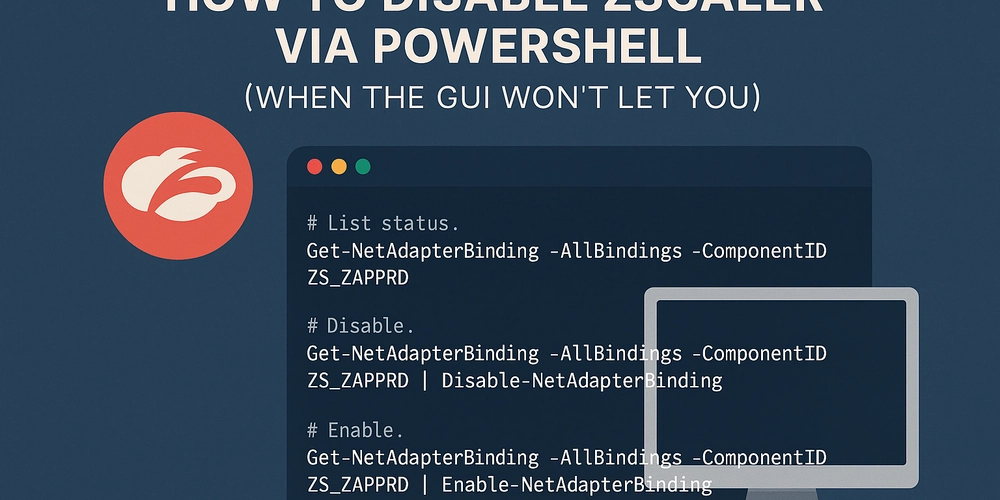


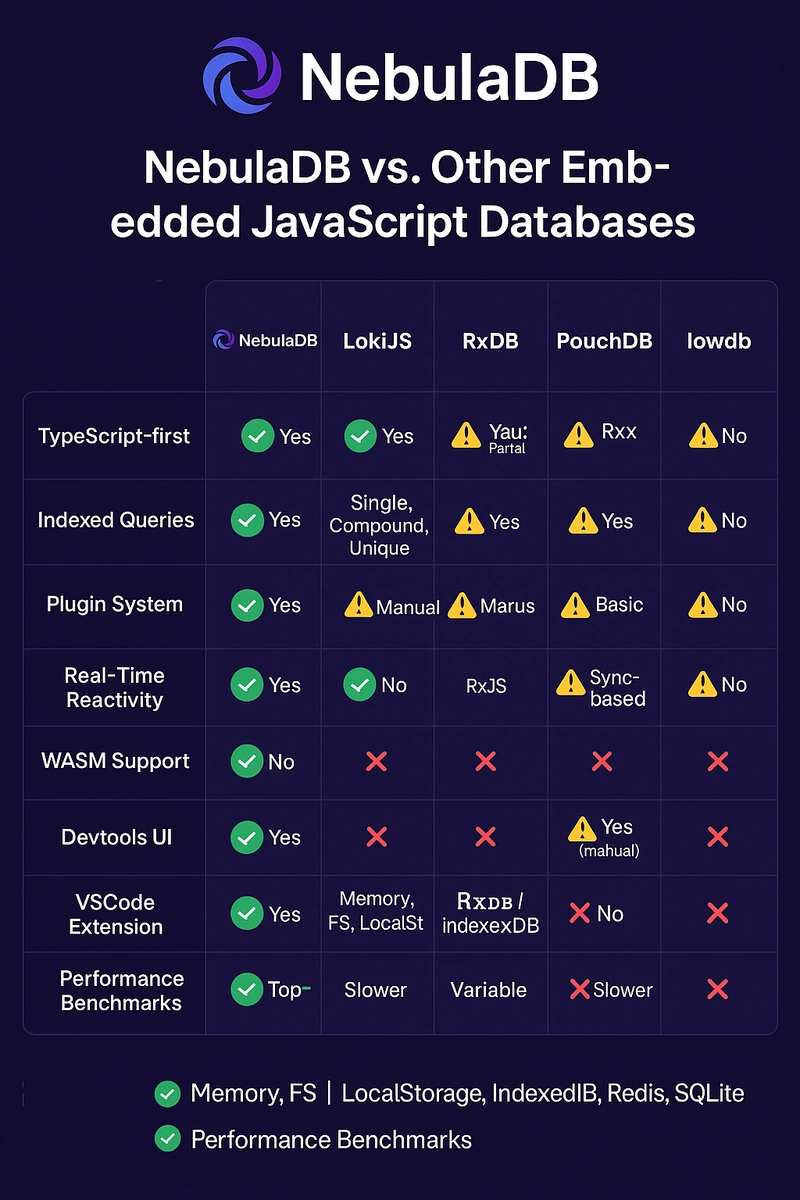





































![BPMN-procesmodellering [closed]](https://i.sstatic.net/l7l8q49F.png)

























































































-All-will-be-revealed-00-35-05.png?width=1920&height=1920&fit=bounds&quality=70&format=jpg&auto=webp#)
-All-will-be-revealed-00-17-36.png?width=1920&height=1920&fit=bounds&quality=70&format=jpg&auto=webp#)
-Jack-Black---Steve's-Lava-Chicken-(Official-Music-Video)-A-Minecraft-Movie-Soundtrack-WaterTower-00-00-32_lMoQ1fI.png?width=1920&height=1920&fit=bounds&quality=70&format=jpg&auto=webp#)
























_Weyo_alamy.png?width=1280&auto=webp&quality=80&disable=upscale#)
_Brain_light_Alamy.jpg?width=1280&auto=webp&quality=80&disable=upscale#)









































































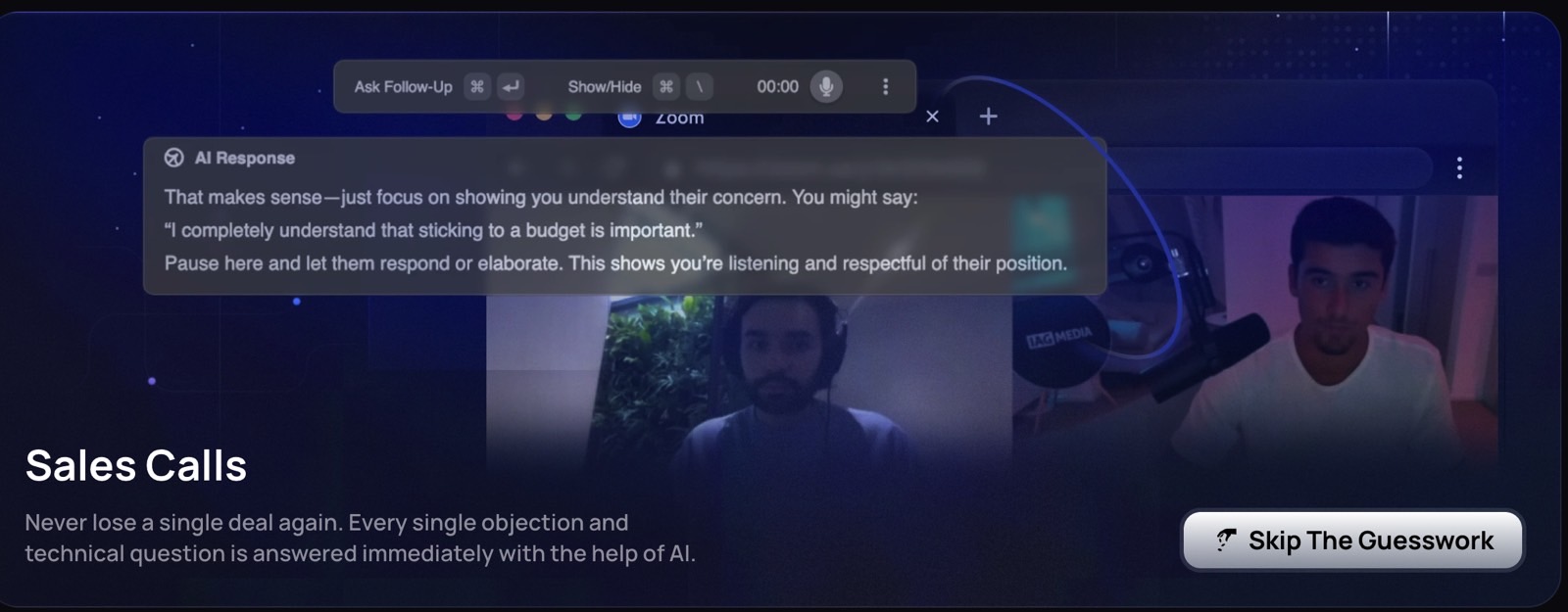





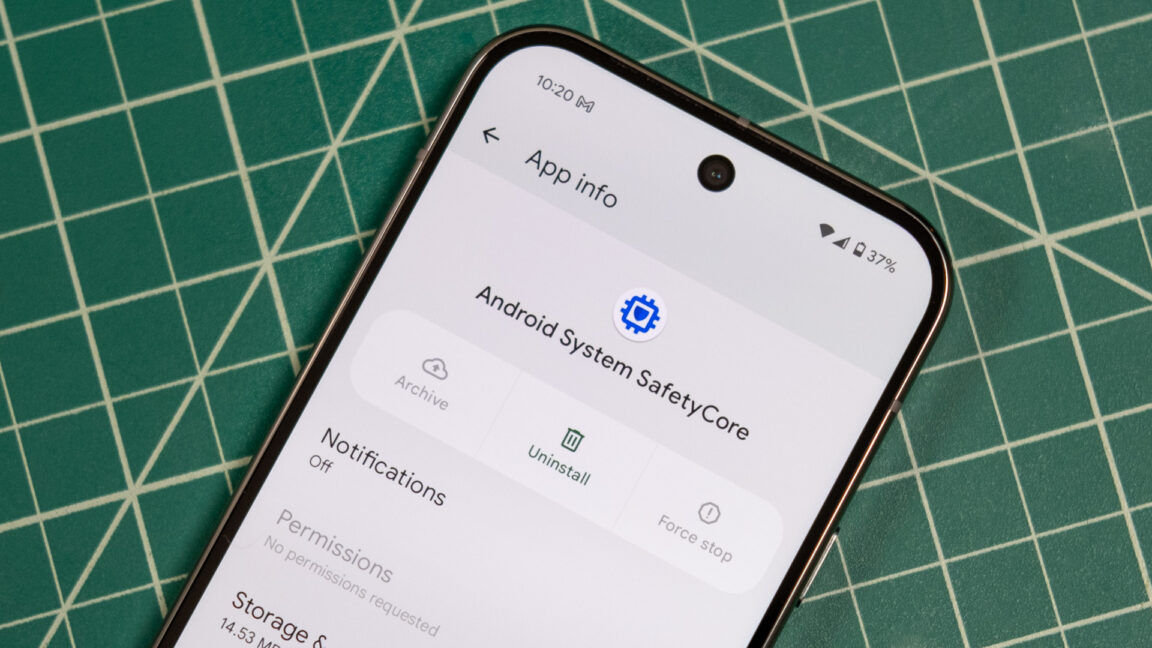






























![Apple Releases Public Beta 2 of iOS 18.5, iPadOS 18.5, macOS Sequoia 15.5 [Download]](https://www.iclarified.com/images/news/97094/97094/97094-640.jpg)

![New M4 MacBook Air On Sale for $929 [Lowest Price Ever]](https://www.iclarified.com/images/news/97090/97090/97090-1280.jpg)
![Apple iPhone 17 Pro May Come in 'Sky Blue' Color [Rumor]](https://www.iclarified.com/images/news/97088/97088/97088-640.jpg)















